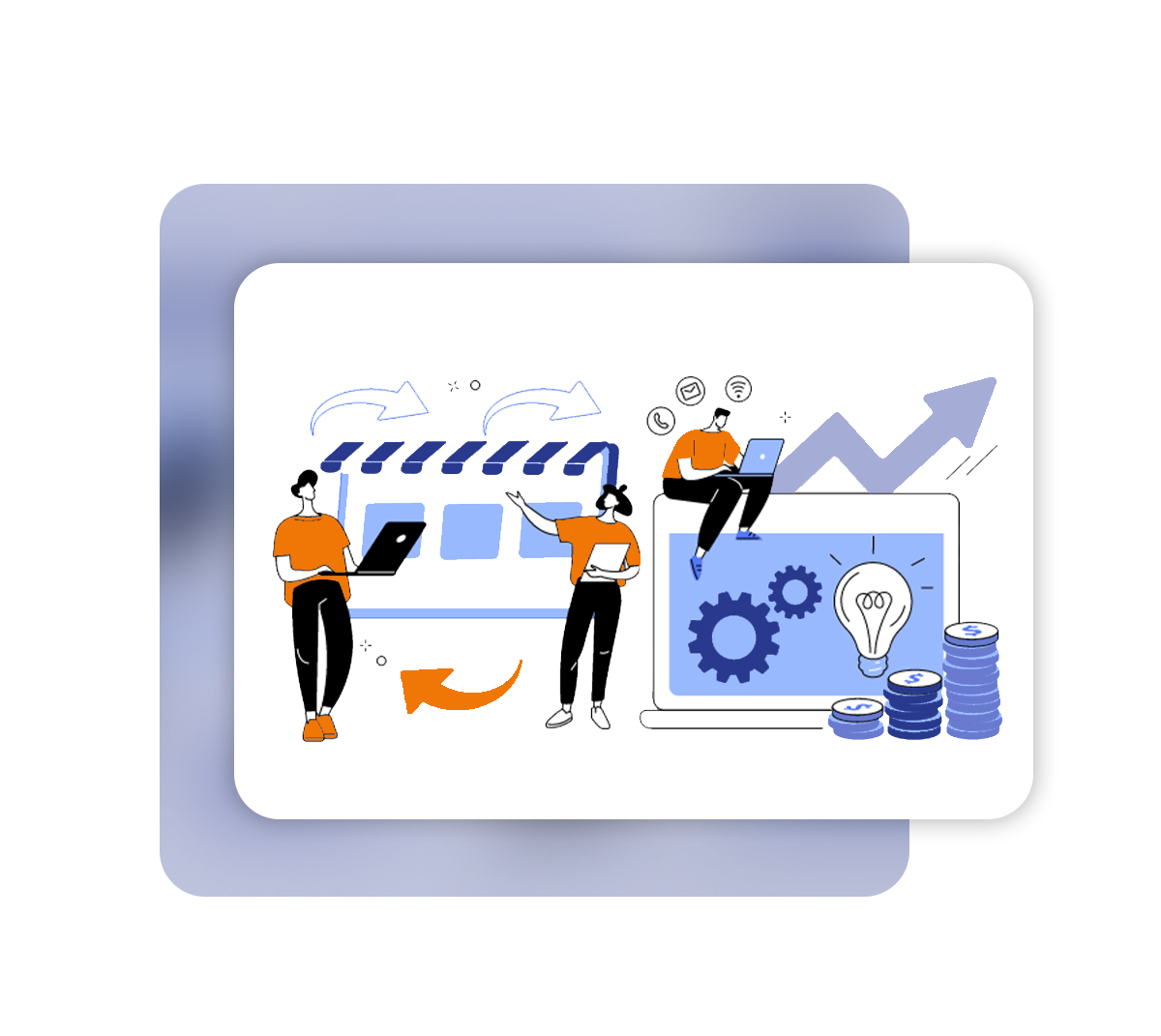Effective Tech Transformation On-The-Go
Digital Transformation, Why or Why not?
• Digital transformation streamlines processes, fostering adaptability and efficiency, crucial for staying competitive in evolving markets.
• Embracing digital advances fuels innovation, unlocking new possibilities and ensuring sustained relevance in dynamic business landscapes.
• Digital transformation prioritizes enhancing customer experiences, creating meaningful engagements, and meeting evolving expectations in today's tech-driven world.

Types of Digital Transformation

Digital Services Portfolio
IT Infrastructure Solutioning
Web Development Portfolio
BOOK A FREE CONSULTATION TODAY
Frequently Asked Question's

Digital transformation is the strategic use of technology, automation solutions to improve business efficiency, enhance customer experiences, and drive innovation. It helps companies stay competitive, scale operations, and future-proof their business models.
2b Innovations specializes in cloud integration, data analytics, and cybersecurity solutions to help businesses transition into a digital-first model. Our tailored strategies ensure smooth adoption, optimized workflows, and long-term scalability.
Businesses leveraging digital transformation gain operational efficiency, enhanced security, improved customer engagement, and data-driven decision-making. It also enables cost savings, faster innovation, and better scalability for growth.
Many companies struggle with legacy systems, resistance to change, integration issues, and cybersecurity threats. 2b Innovations helps by providing customized digital solutions, expert consultation, and end-to-end technology implementation to overcome these challenges.
Success is measured through increased efficiency, improved customer satisfaction, revenue growth, and the adoption of digital tools. Businesses track KPIs like automation effectiveness, cost reductions, cybersecurity resilience, and cloud adoption rates to evaluate progress.

